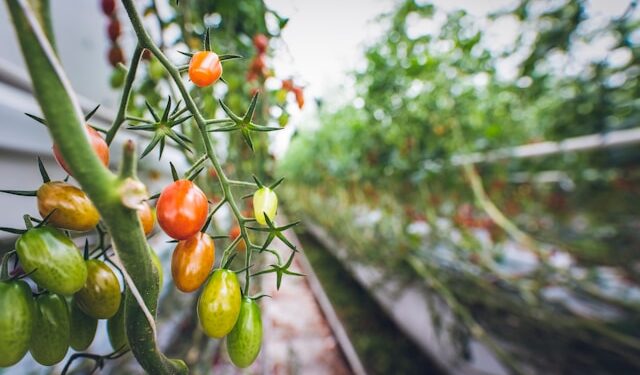With urban living on the rise and outdoor space becoming a luxury, vertical gardening is an innovative solution that allows you to grow a variety of plants even in the smallest areas. Whether you have a tiny balcony, a small backyard, or just a bare wall, a vertical garden can help you maximize your growing potential while enhancing the aesthetics of your space.
What is Vertical Gardening?
Vertical gardening is a technique that involves growing plants upwards rather than outwards. It utilizes structures like trellises, wall planters, stacked containers, and hanging baskets to make the most of available space. This method is ideal for urban gardeners, apartment dwellers, and anyone looking to grow more in a limited area.
Benefits of Vertical Gardening
- Maximizes Small Spaces – Perfect for balconies, patios, and compact yards, vertical gardening allows you to grow vegetables, herbs, and flowers without taking up valuable ground space.
- Enhances Plant Health – Growing plants off the ground improves air circulation, reducing the risk of diseases and mold.
- Easier Maintenance – With plants at eye level, watering, pruning, and harvesting become more convenient.
- Pest Control – Keeping plants off the soil minimizes exposure to common pests like slugs and soil-borne diseases.
- Aesthetic Appeal – Vertical gardens can transform dull walls and fences into lush, green spaces, enhancing your home’s curb appeal.
Best Plants for Vertical Gardening
Choosing the right plants is essential for a successful vertical garden. Some of the best options include:
- Herbs – Basil, mint, oregano, rosemary, and parsley thrive in vertical planters.
- Vegetables – Tomatoes, cucumbers, peas, beans, and lettuce grow well on trellises and hanging planters.
- Flowers – Petunias, ferns, morning glories, and orchids add color and vibrancy.
- Houseplants – Pothos, philodendron, ferns, and ivy are excellent for indoor vertical gardens.
Vertical Gardening Techniques & Structures
There are various methods to set up a vertical garden based on your space and plant preferences:
- Trellises & Arbors – Ideal for climbing plants like beans, cucumbers, and vines, providing support and structure.
- Hanging Baskets & Containers – Great for herbs and flowers, adding beauty to patios and balconies.
- Wall Planters & Living Walls – Perfect for small spaces, these setups allow plants to grow vertically along walls and fences.
- Stacked Planters & Tiered Shelves – Utilize vertical space effectively by placing multiple plants on shelves or stacked containers.
Step-by-Step Guide to Starting a Vertical Garden
Step 1: Choose the Right Location
Assess the amount of sunlight your space receives. Most vegetables and herbs require at least 6 hours of sunlight daily, while shade-loving plants like ferns and ivy thrive in indirect light.
Step 2: Select Suitable Plants
Choose plants based on your climate, light availability, and personal preferences. If you’re new to gardening, start with low-maintenance plants like succulents or herbs.
Step 3: Pick the Best Vertical Gardening Method
Decide whether you’ll use a trellis, wall-mounted planters, or hanging baskets based on your available space and plant choices.
Step 4: Use the Right Soil & Watering Techniques
Well-draining, nutrient-rich soil is essential for vertical gardens. Consider using a drip irrigation system or self-watering planters to ensure consistent moisture.
Step 5: Maintain & Care for Your Plants
Regularly prune, fertilize, and monitor for pests. Rotate plants occasionally to promote even growth.
Common Challenges & Solutions
- Watering Issues – Vertical gardens can dry out quickly. Use a drip irrigation system or moisture-retaining soil to prevent dehydration.
- Structural Stability – Ensure that wall planters and trellises are securely attached to withstand wind and plant weight.
- Plant Selection – Avoid overcrowding by choosing plants with compatible growth habits and spacing requirements.
Conclusion
Vertical gardening is a practical and beautiful way to maximize space while growing fresh produce, herbs, and flowers. Whether you have a small backyard, an apartment balcony, or a bare fence, this gardening method can transform any space into a lush, green oasis. Start small, choose the right plants, and enjoy the benefits of gardening in a vertical space.





